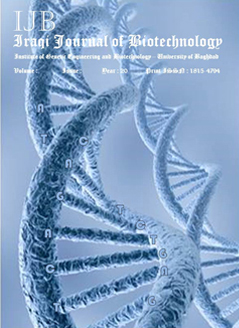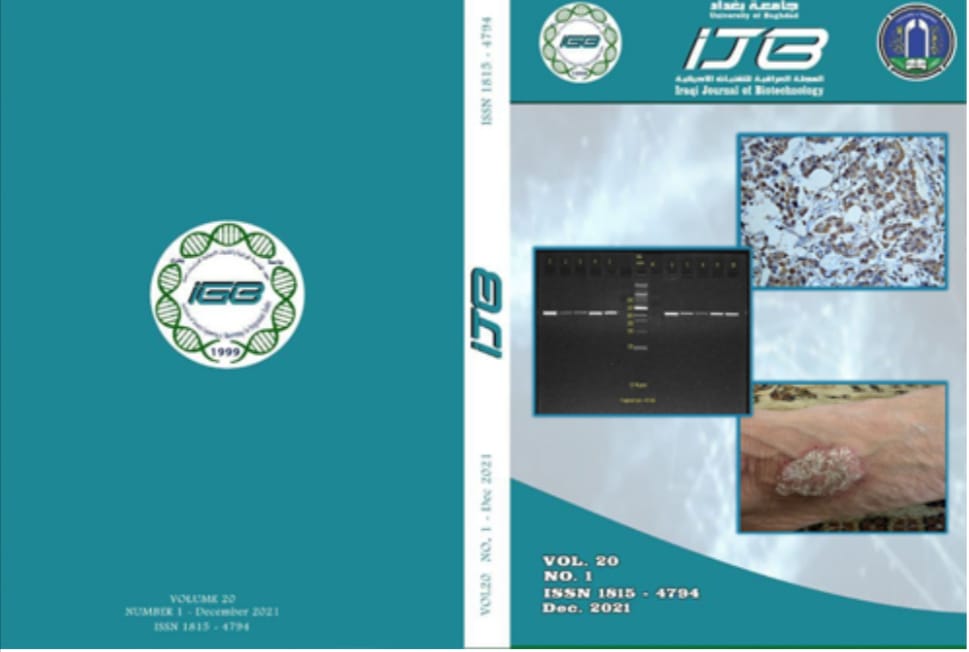Evaluation of glmM Gene in Diagnosis of Helicobacter pylori with Another Invasive Methods
Abstract
Helicobacter pylori (H. pylori) is a colonizer in the gastric mucosa of more than 50% of the human population. Complications due to this bacterium include chronic gastritis, gastric mucosa-associated lymphoid tissue lymphoma, peptic ulcer and gastric adenocarcinoma. This study aimed to compare molecular detection method of H. pylori by using glmM gene with another invasive detection tests as Rapid urease test (RUT) and histopathological examination. Invasive tests has been performed for detection H. pylori and five gastric biopsies has been taken from each individual, one biopsy from antrum for detection of glmM gene by polymerase chain reaction (PCR) as a molecular method, another antral biopsy for rapid urease test, whereas 3 biopsies from different parts of stomach used in histopathological examination. A total of 123 (58.5 %) from 210 patients were positive at least in two invasive tests for H. pylori infection. H. pylori were detected in 50% (105/210) by RUT, 54.7% (115/210 ) by histology and 85/210 (40.4%) for glmM detection by PCR as a molecular method.
In Conclusions the glmM gene it’s not suitable for H. pylori detection in compare to another tests.


